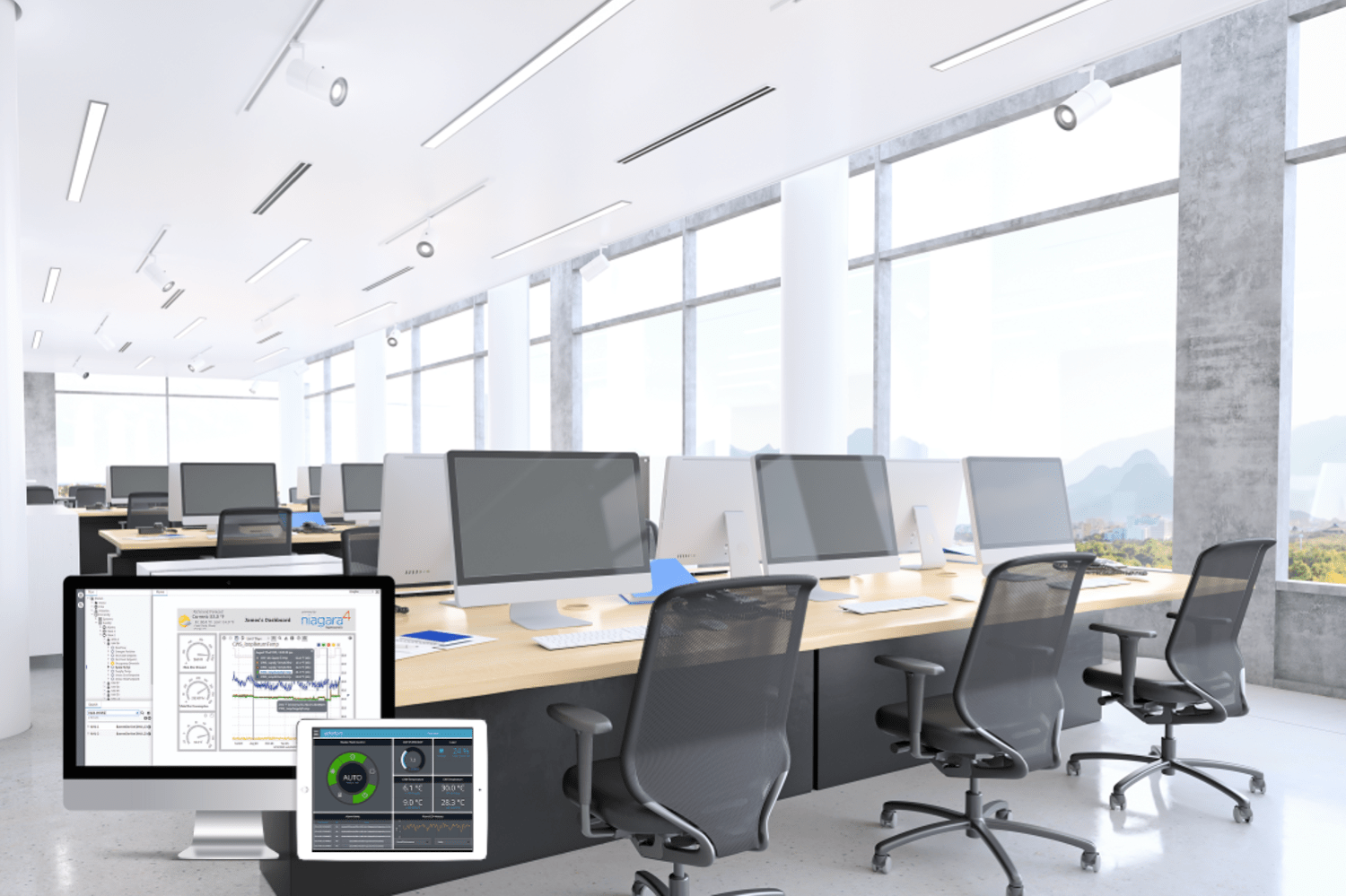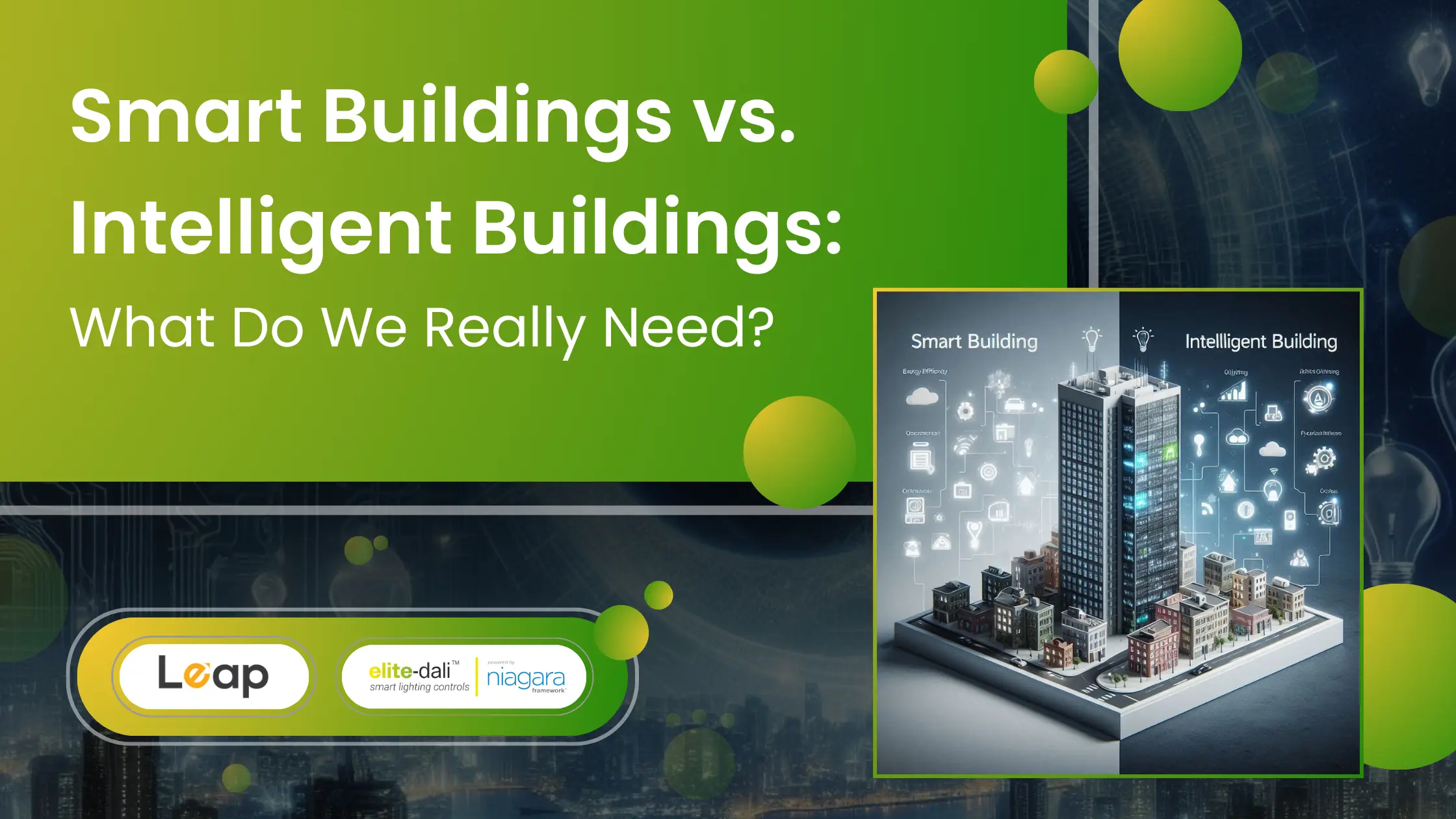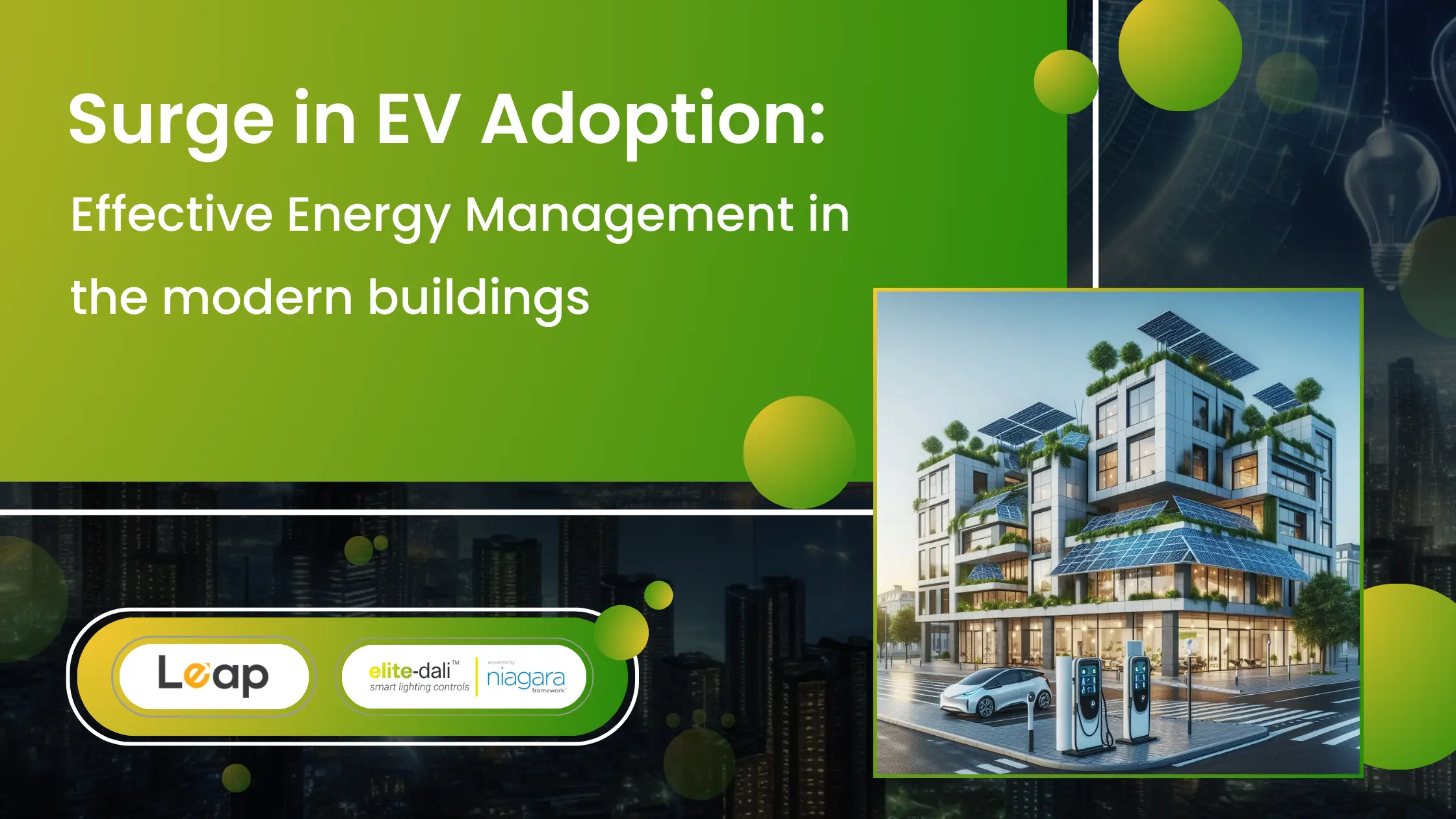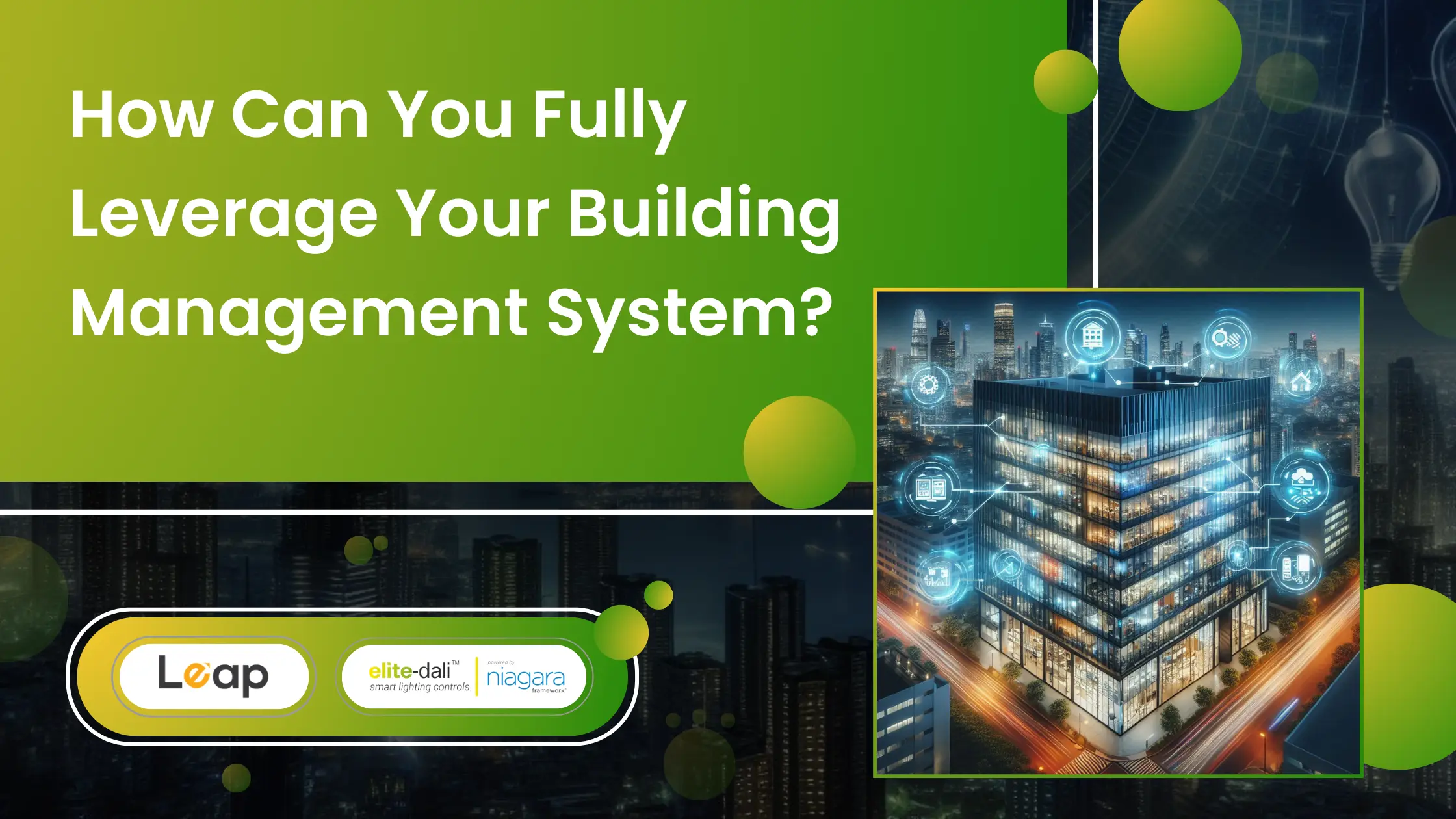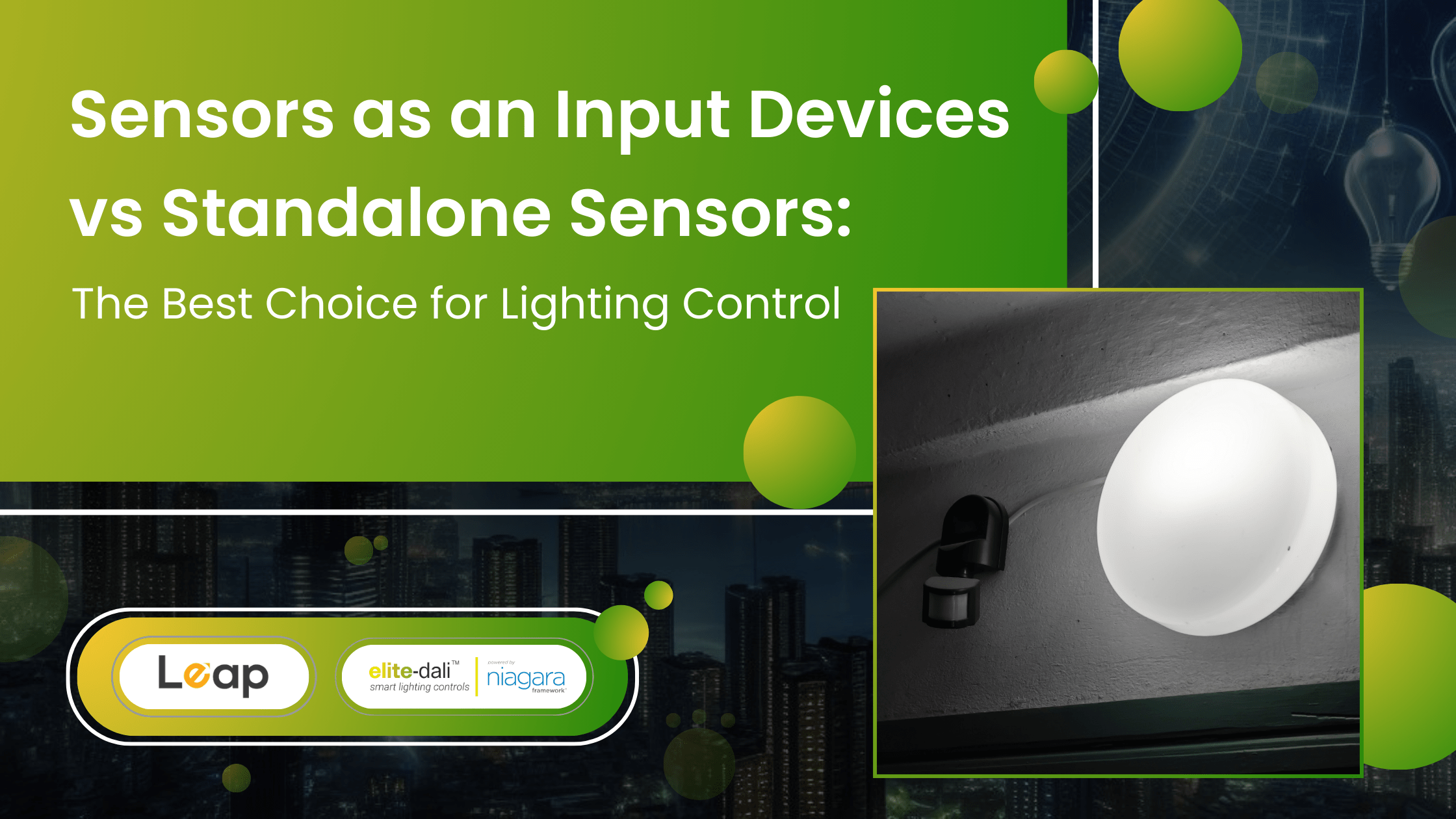The Future Of Lighting Management Software
With a rising business interest in eco-friendly equipment and energy-saving, lighting control and automation have become a mandatory part of industrial facilities, workplaces and commercial spaces. Be it time sequencing of lighting systems or the installation of intelligent sensors for lighting management, all these technologies based on lighting management software have become commonplace in commercial spaces today.
One cannot deny that these technologies have had an impact on our daily lives, besides the monetary benefits, but the important question that now arises is what next? It is quite logical to question what is the future prospect of buying smart lighting management software for our buildings? Stick with us till the end to decode what the future holds for lighting management systems and control technologies.
Table of Contents
Taking A Look At The Ideological Shift
The backbone of the lighting automation industry in the initial years was the lighting management software itself. Under this purview, using the same software to facilitate the Internet of Things (IoT) services for lighting equipment placed remotely was a concept that fascinated many and gradually saw a rise in the number of buyers as well. However, the ideological shift that we are seeing now has much to do with the popularization of Building Management Systems.
The Internet of Things technology is all about finding multiple use cases out of these same existing equipment. Extrapolating that same concept with lighting control, it is now believed that not only automation of the luminaries installed in our small confined spaces is necessary, but the data obtained from the lighting control equipment should be used for multiple other purposes. This extensive availability and use of data are beneficial for overall building management.
For instance, occupancy sensors can not only be helpful in turning off lights when they are not in use but also to schedule maintenance and cleaning activities. Occupancy data analysis is useful such that when there is no person using a particular space, it would be easier to get the cleaning job done without disturbing anyone’s work. Daylight harvesting, leak detection, air quality sensors, and the use of automatic blinds are some very good applications of this new purpose-driven lighting automation.
If only this concept alone is considered, the chances of hitting saturation are very low. This is because lighting automation equipment is being innovated and released at a very fast rate today. With every product coming into the market, searching for multiple use cases and then implementing them within existing building management systems won’t be a big problem once all this is normalized. So, the future of lighting control and automation is definitely within the prism of building management only.
Future Concerns with Lighting Management Software
With the rising instances of cybercrime and data theft, security is definitely a future concern for lighting management software. This is because when we talk about making lighting management a value-added service for the bigger target of building management, then any loophole in the security of such software will put every other component of building management systems at risk.
Two trends are going to become much more important in the coming days when we talk about the security of lighting management software. The first is the increased hiring of expert cybersecurity professionals for developing robust security strategies. The second will be to use advanced security key systems to guard our Lighting management software. Security Keys allow secure bidirectional communication between all the subsystems of a large building management system. This is a form of authentication, which securely provides a gateway for communication that cannot be breached as such.
What Do Customers Expect from Lighting Management Software In The Future?
If we analyze key trends in customer behavior tracking, customers of lighting management systems are looking forward to passionately welcoming wireless lighting control. Wireless lighting control is the perfect addition to lighting management systems, considering how important it is for them to contribute to building management too.
The second most anticipated thing is the emergency light monitoring feature in commercial spaces. This involves regular testing and reporting of equipment health so that any major lapse can be prevented. Goes without saying that automating this frequent evaluation of systems to limit the risks associated with lighting control is the real deal.
elitedali: Future-ready Solutions For Lighting Management
If you could follow closely, the crux of the matter is that future lighting control options would be centered around the bigger goal of easing building management. But building management systems can leverage the benefits of lighting automation only when they are designed to support and accept this technology. At present, the problem lies in the limited jurisdiction of lighting automation solutions when it comes to commercial space management solutions.
elitedali offers the most comprehensive solution to integrate lighting management software to any Niagara framework-based BMS. We support existing lighting automation technologies to become more meaningful by becoming part of a BMS without needing protocol converters. Several leading enterprises have implemented this ideological shift in lighting management all thanks to elitedali and now it’s your turn. Contact our team today for a free consultation


